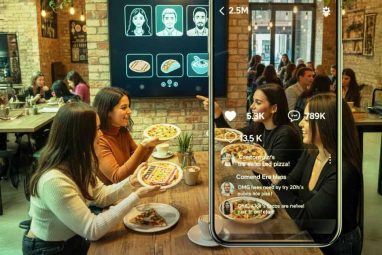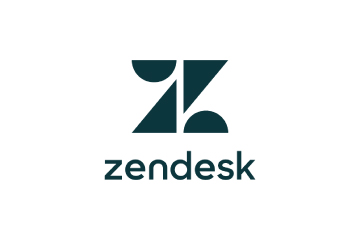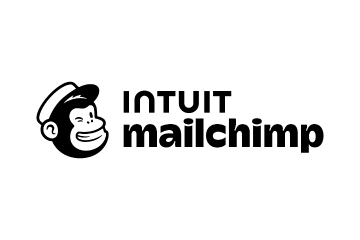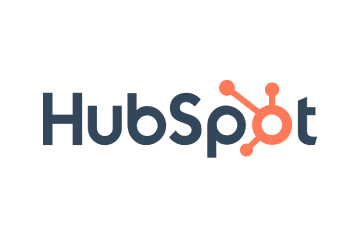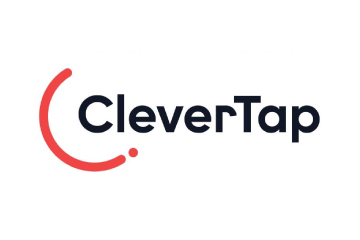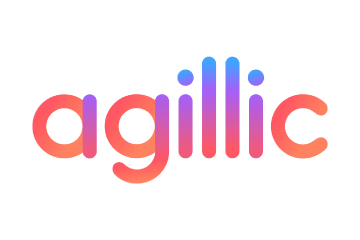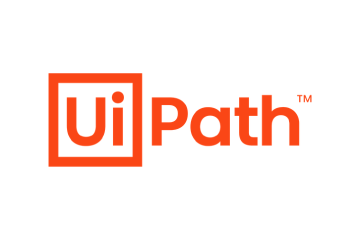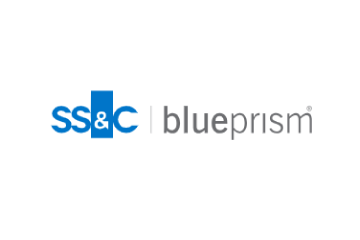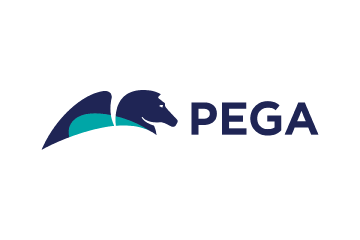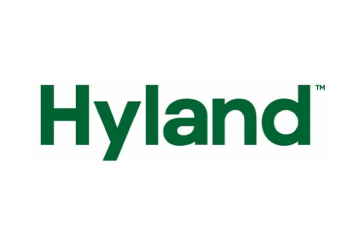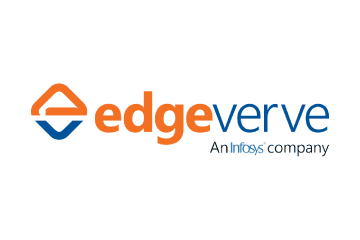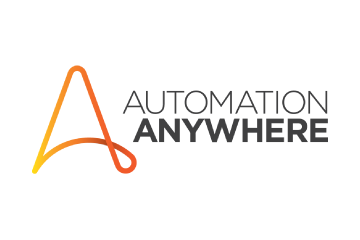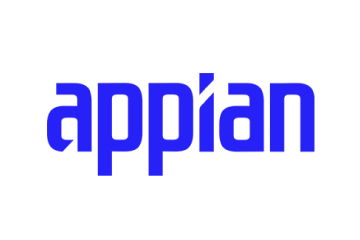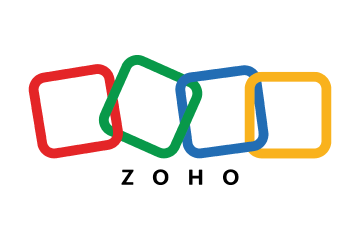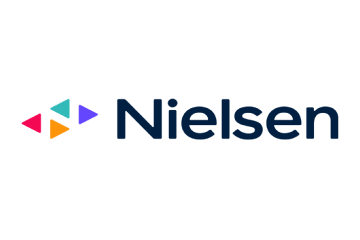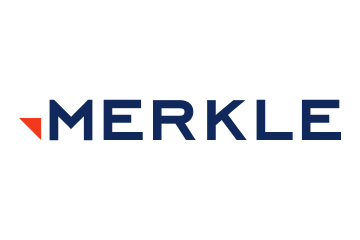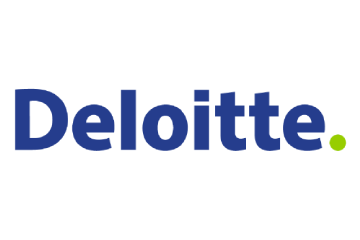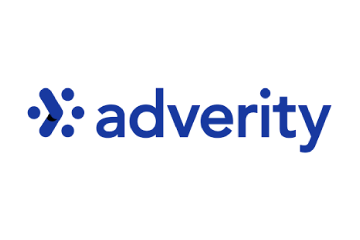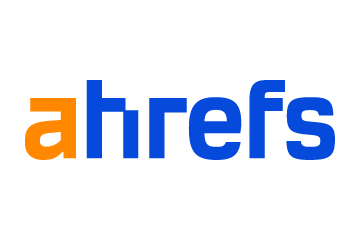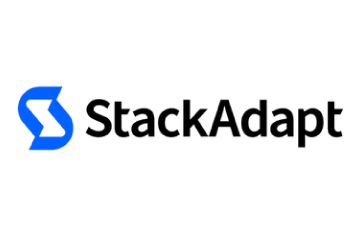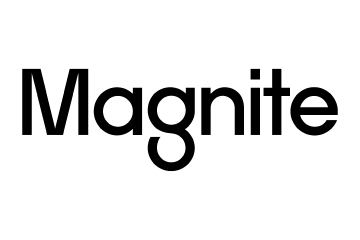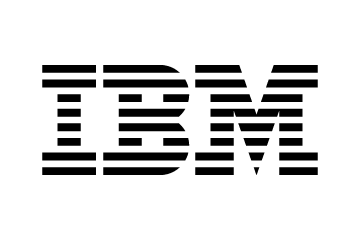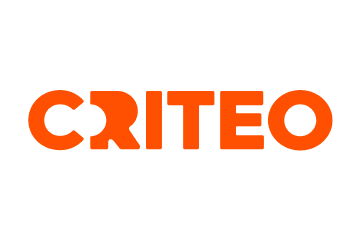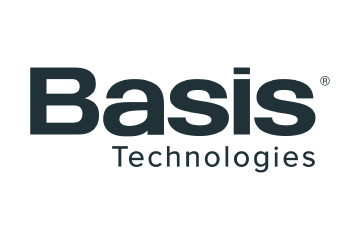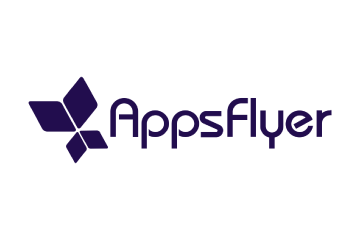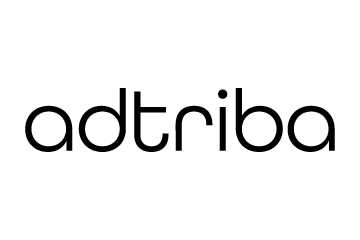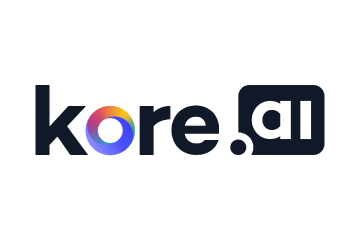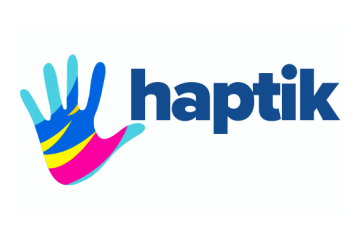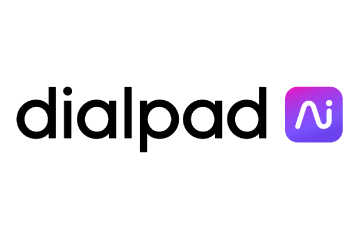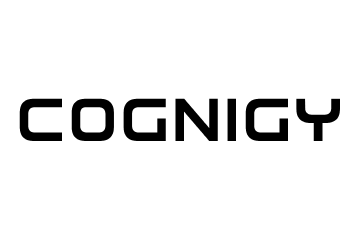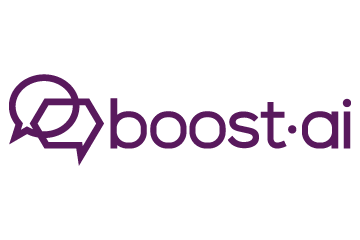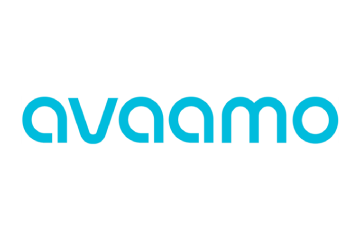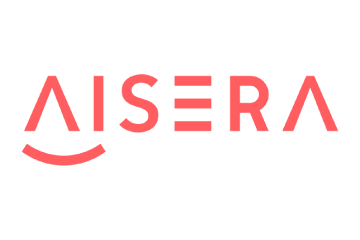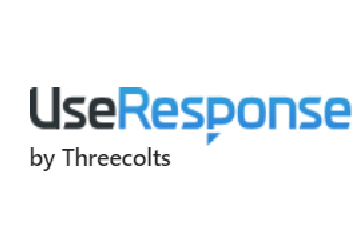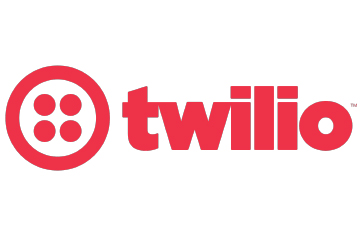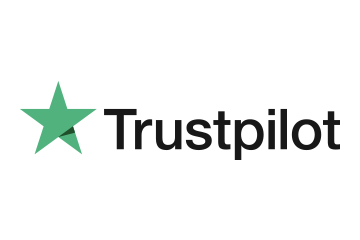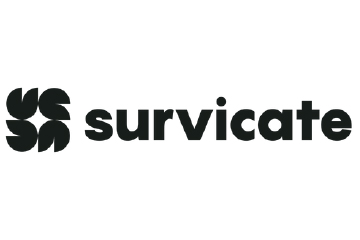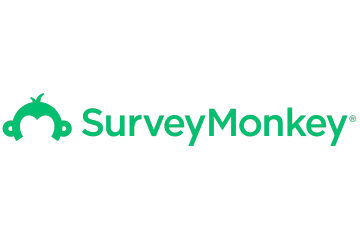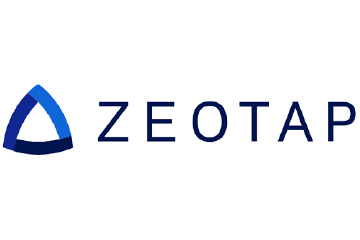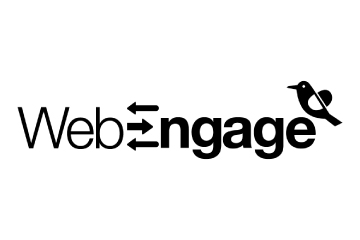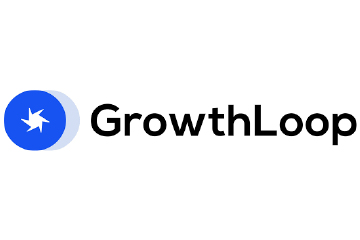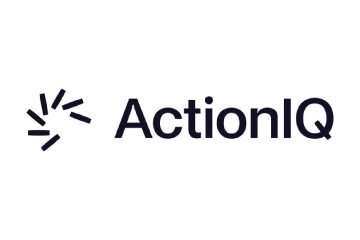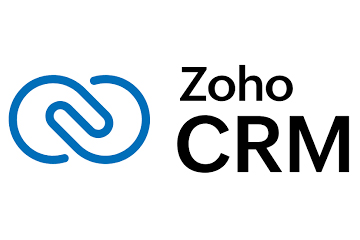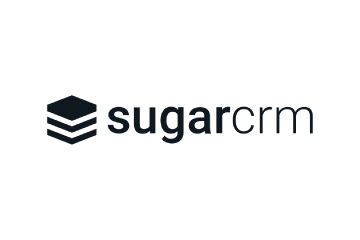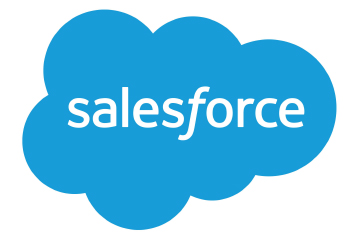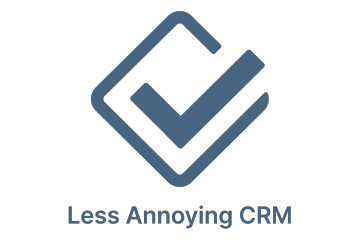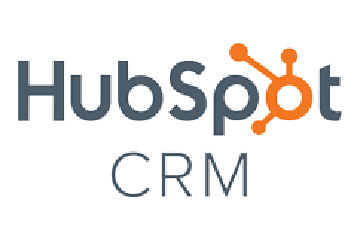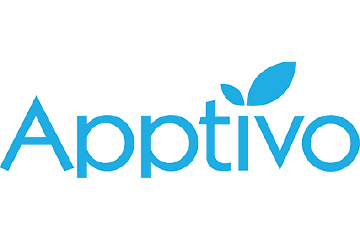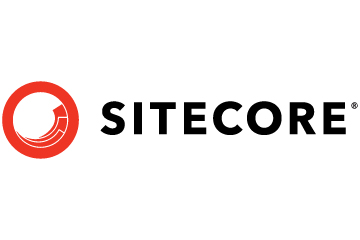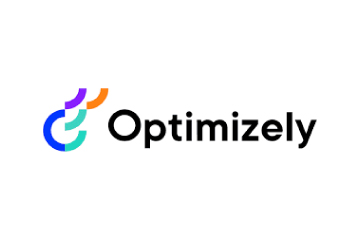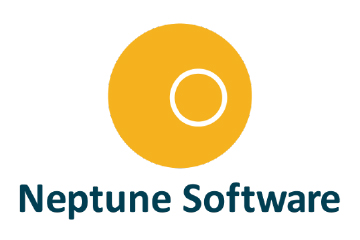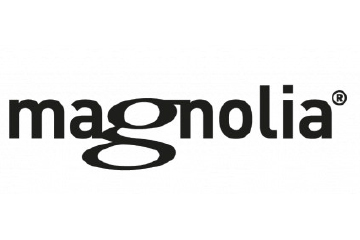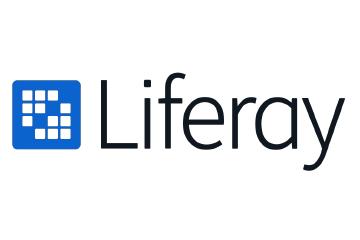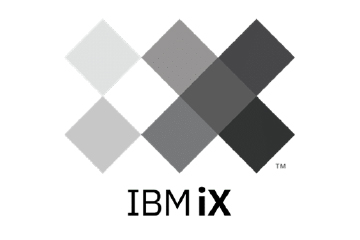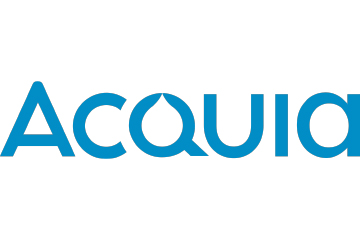Accelerating the Insights to Value Loop with AI
By compressing insights, creative testing, and journey orchestration, brands can boost effectiveness, build a culture of experimentation, and unlock self-funding growth flywheels that drive profit impact beyond cost savings.
What to Read Next
- Viant Expands Direct Access in CTV with Magnite SpringServe Integration
- Swivel Unveils New Brand Identity and Expanded Platform Capabilities
- Goldcast Launches Agentic Video Editor
- Flywheel Digital Unveils Return on Consumer Dashboard
- DoubleVerify Launches New Streaming TV Safety and Automation Tools
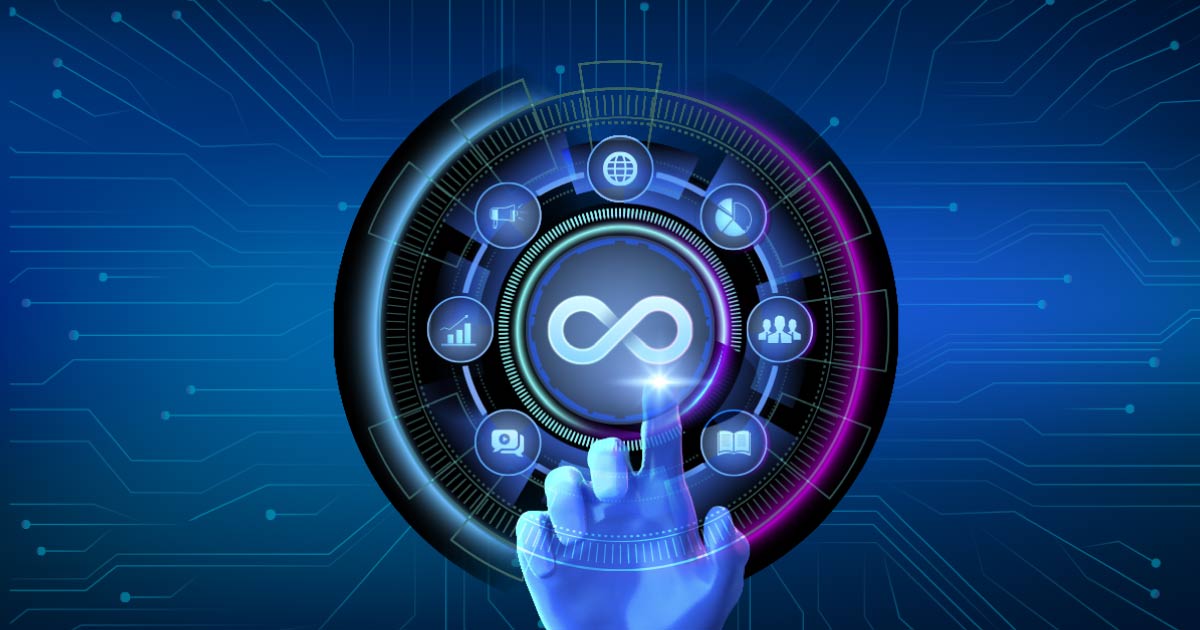
AI is changing the way marketers build brands and design customer experiences. A lot of attention has been focused on how AI improves productivity, dramatically shrinking the time it takes to complete tasks.
This is true in many marketing and customer experience roles, where significant time is spent conducting research, writing content, and synthesising data. Rather than focus primarily on reducing work to create greater efficiency, there’s a far larger opportunity to shift the curve from higher effectiveness.
As AI compresses the time it takes to develop insights, plan campaigns, develop creative, and measure outcomes, the pace of change is accelerating. AI is helping companies unlock greater value from investments in their mar-tech stack, finally realising the promise of investments they have been making in customer data platforms (CDP), content management, and journey orchestration.
As companies leverage AI to improve marketing efficiency, they can funnel some of these savings into unlocking greater effectiveness, creating a self-funding growth flywheel.
In the past, marketers moved sequentially through three stages for campaigns with long lead times. First, they built insights to support their brand strategy, media plans, shopper marketing and promotions plans, and to support experience design efforts to engage customers along their path to purchase via their websites, mobile apps, loyalty programs, and physical touchpoints like packaging and displays.
These insights took months to develop and were often done in siloes. Insights were used to guide activation efforts across a broad set of upper and lower funnel tactics, organised as campaigns that ran for months.
Integrating these tactics as part of an omni-channel approach required investments in data, technology, and talent to coordinate across internal teams, external agencies, and trading partners like retailers.
Finally, marketers had to gather data and work across solutions providers in their media and marketing ecosystem to build post-event analytics, often mirroring siloes for individual marketing tactics.
Today, AI is enabling a shift to real-time experimentation at scale. Rather than work in sequential stages that are each several months long, brands now work in agile sprints where they act on insights to make adjustments to their targeting, content, and activation tactics.
Marketers conduct ongoing synthesis of an ever-expanding set of structured and unstructured data signals, leveraging AI to test next-best-content through the right touchpoints. AI enables not only better targeting across more thinly sliced segments, but also the ability to test a larger variety of creative options.
Rather than take a winner-take-all approach where what works best in the learning phase is scaled across everyone in the earning phase, marketers can now match a broader variety of creative assets to micro-segments to optimise engagement.
There are five key differences in how marketers can now do their work better, leveraging AI, compressing lead times and moving to an iterative, agile approach to optimising engagement.
First, marketers can use AI to simulate how changes to the design of physical and digital experiences impact customer engagement, further compressing lead times that have already shrunk from months to weeks to just minutes using AI simulation from platforms like WEVO.ai.
Second, marketers can leverage AI to generate content through the eyes of their personas, prompting the AI based on what they learn from simulation and other user testing as part of their work in agile sprints.
Third, marketers can use platforms like Optimove, which combine the features and functionality of a CDP with journey orchestration to enable continuous experimentation for next best content.
Fourth, they can work with platforms like Bazaarvoice to source, amplify, and optimise customer engagement with content from social influencers and brand enthusiasts.
Fifth, they can leverage customer listening platforms like Qualtrics to bring together their experience data (what customers are thinking, feeling, and saying) with their operational data from their systems (what they are doing) to predict business outcomes.
Taken together, these five changes reinforce a stronger culture of experimentation.
Beyond saving employees time, these new ways of working also unlock substantial savings in research and testing, as much as 30% across a broad set of industries, ranging from direct-to-consumer brands to retail to travel and hospitality to financial services.
Taken together with other cost savings from vendor rationalisation and reducing the cost of quality, these savings can be reinvested to make an investment in your mar-tech stack self-funding.
As you build capabilities for a stronger culture of experimentation, you will unlock a much higher profit impact than cost savings alone. AI-powered experiments I’ve been involved in across categories have enjoyed marketing lifts of more than 50% compared to control campaigns.
As they’ve scaled these opportunities, companies have achieved more than $100M in profit impact from improvements to customer acquisition, retention, and loyalty as they’ve built out self-funding growth flywheels.
ALSO READ: How Can Brands Escape the AI-Sameness Trap?



